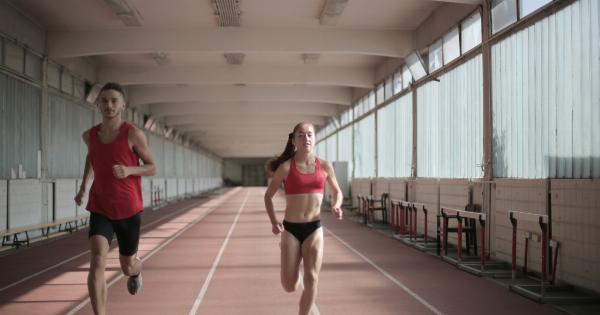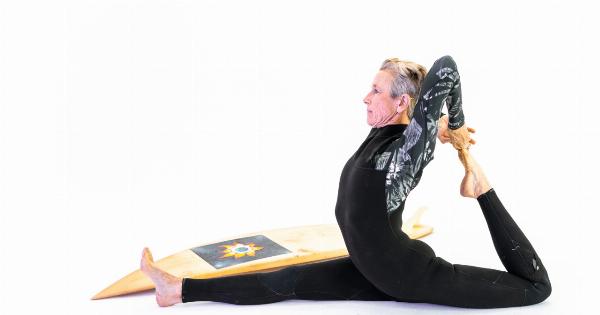Walking and running are two of the most basic forms of physical activity that people engage in every day. While these activities are essential for maintaining good health and overall well-being, they can also serve as valuable predictors of lifespan.
The speed at which you walk or run can provide insight into your physical fitness, cardiovascular health, and mortality risk, among other factors. In this article, we will explore how your speed predicts your lifespan, and why it is essential to pay attention to any changes in your walking and running abilities.
The Science Behind Walking and Running Speed
Before delving into the impact of walking and running speed on lifespan, it is crucial to understand how this speed is measured and what factors can influence it.
The speed at which you walk or run is typically measured in meters per second (m/s) or minutes per mile (min/mi). Numerous factors can affect your walking and running speed, such as age, gender, body composition, stride length, and muscle strength.
A study published in the Journal of Physical Activity and Health found that walking speed declined by approximately 2% per year in individuals aged 60 and older. Similarly, running speed declined by roughly 1% per year in adults aged 40 and older.
These findings suggest that age is undoubtedly a significant factor that affects walking and running speed.
Gender and body composition can also impact walking and running speed. Studies have shown that men, on average, walk and run faster than women due to higher muscle mass and strength.
Additionally, individuals with higher levels of body fat tend to have lower walking and running speeds due to increased strain on the joints.
How Walking and Running Speed Affect Lifespan
Walking and running speed can provide valuable insight into an individual’s overall health status and mortality risk.
In particular, a slower walking or running speed is associated with an increased risk of death from various causes, such as cardiovascular disease, cancer, and respiratory illness.
A study published in the British Journal of Sports Medicine found that individuals with a slower walking speed had a higher risk of cardiovascular disease and premature death compared to those with a faster walking speed.
Furthermore, researchers found that each 0.1 m/s decrease in walking speed was associated with a 12% increase in mortality risk.
Similarly, a study published in the American Journal of Epidemiology found that slow running speed was associated with an increased risk of death from all causes, including cardiovascular disease.
Specifically, individuals who ran at a speed of less than 6 miles per hour had a higher risk of mortality than those who ran at a faster pace.
The Importance of Monitoring Your Walking and Running Speed
Given the numerous health benefits associated with walking and running at any age, it is crucial to monitor your walking and running speed regularly.
Doing so can help you identify changes in your physical fitness, cardiovascular health, and mortality risk.
The good news is that even small improvements in walking and running speed can have significant health benefits.
A study published in the Journal of the American Geriatrics Society found that a 10% increase in walking speed was associated with a 22% decrease in mortality risk among adults over 65 years of age. Furthermore, research has shown that regular exercise can improve walking and running speed and reduce the risk of premature death from various causes.
How to Improve Walking and Running Speed
There are several strategies you can use to improve your walking and running speed, regardless of your age or fitness level. The most effective approach is to engage in regular exercise that includes both strength training and aerobic activity.
Strength training can help improve muscle mass and strength, which are critical for maintaining a healthy gait and faster walking and running speeds.
Additionally, aerobic exercise, such as brisk walking, jogging, or cycling, can improve cardiovascular fitness and overall endurance.
Other strategies that can help you improve your walking and running speed include maintaining a healthy weight, staying hydrated, wearing appropriate footwear and clothing, and resting and recovering adequately from exercise.
Conclusion
Walking and running speed are essential indicators of physical fitness, cardiovascular health, and mortality risk.
A slower walking or running speed is associated with an increased risk of death from various causes, while a faster speed can lead to better health outcomes and a longer lifespan. By monitoring your walking and running speed and following healthy lifestyle habits, you can improve your physical fitness and overall well-being, regardless of your age or fitness level.































